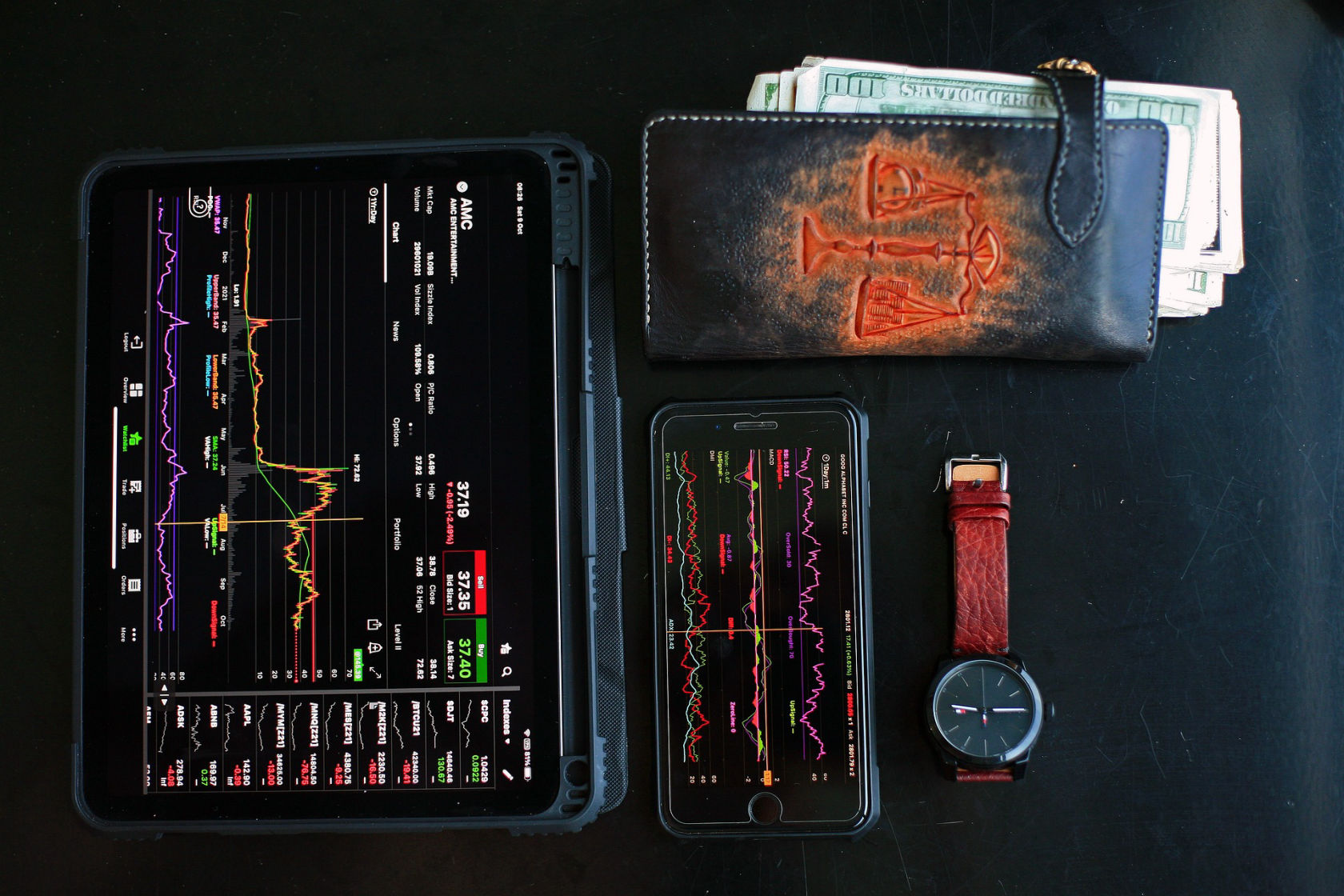

1. Choose a Secure Wallet:
The first step in ensuring wallet security is selecting a reputable and secure cryptocurrency wallet. There are various types of wallets available, including hardware wallets, software wallets, and mobile wallets. Hardware wallets, such as Ledger and Trezor, are considered the most secure as they store your private keys offline, minimizing the risk of unauthorized access. Software wallets like Exodus and Electrum offer convenience but may be more vulnerable to online threats.
2. Use Strong Passwords:
When creating a wallet or accessing an existing one, always use strong, unique passwords. Avoid using easily guessable passwords or reusing passwords across multiple accounts. Consider using a password manager to generate and store complex passwords securely.
3. Enable Two-Factor Authentication (2FA):
Adding an extra layer of security through two-factor authentication (2FA) can significantly enhance the security of your cryptocurrency wallet. Most reputable wallet providers offer 2FA options, requiring you to verify your identity through a second factor, such as a mobile app or SMS code, when logging in or conducting transactions.
4. Backup Your Wallet:
Regularly backup your wallet's private keys or seed phrase and store them securely offline. In the event of wallet loss or failure, having a backup ensures that you can recover your funds. Be sure to keep multiple copies of your backup in different secure locations to mitigate the risk of loss or damage.
5. Keep Your Software Updated:
Ensure that your wallet software and operating system are up to date with the latest security patches and updates. Developers frequently release updates to address vulnerabilities and improve security measures. By staying current with software updates, you can minimize the risk of exploitation by cybercriminals.
6. Beware of Phishing Attacks:
Exercise caution when clicking on links or downloading attachments from untrusted sources, as they may be phishing attempts aimed at stealing your cryptocurrency funds. Always verify the authenticity of websites and communication channels before sharing sensitive information or entering your wallet credentials.
7. Utilize Multi-Signature Wallets:
Consider using multi-signature wallets for added security, especially for larger cryptocurrency holdings. Multi-signature wallets require multiple private keys to authorize transactions, reducing the risk of unauthorized access or theft. This feature is particularly beneficial for businesses and organizations managing shared funds.
8. Secure Your Devices:
Ensure that the devices you use to access your cryptocurrency wallet, such as computers, smartphones, and tablets, are adequately secured. Install reputable antivirus and anti-malware software, enable device encryption, and avoid connecting to unsecured public Wi-Fi networks to mitigate the risk of malware and remote attacks.
Join our vibrant community today and unlock endless opportunities for growth and collaboration. Connect with like-minded individuals, share insights, and stay updated on the latest developments in our ecosystem. Together, let's build a thriving community that empowers and inspires each other.
No Code Website Builder